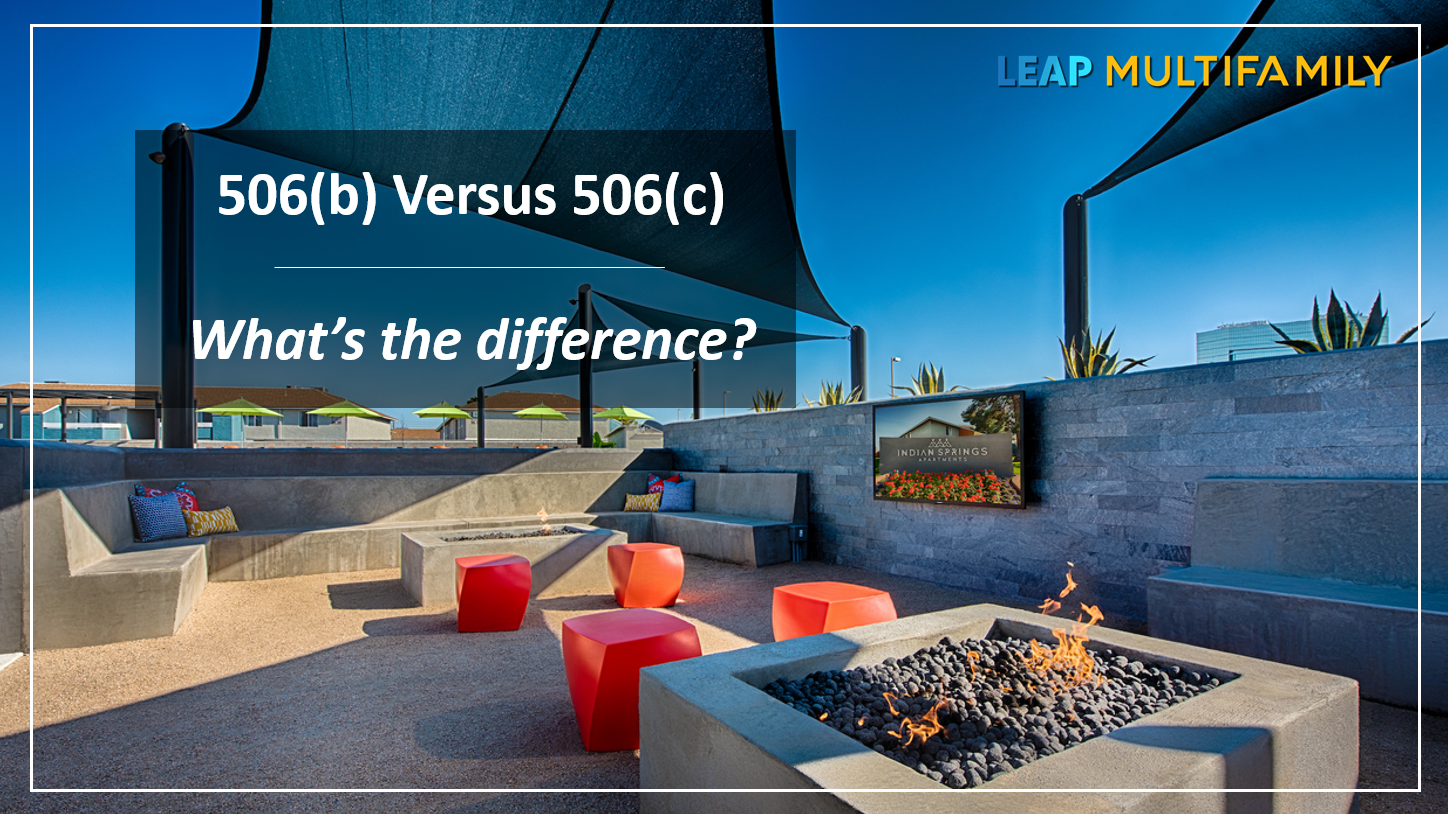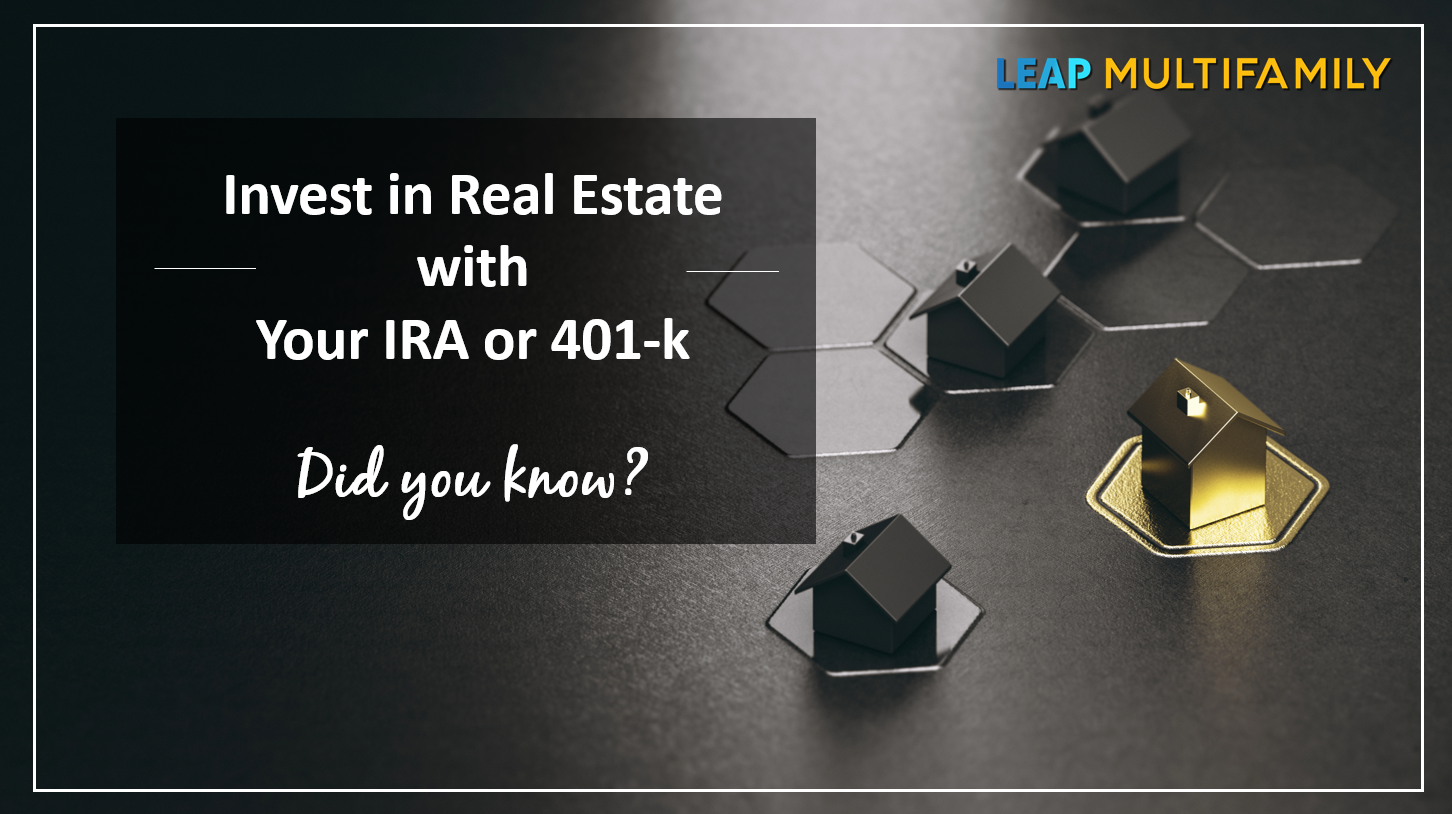Many real estate investors get their start in single-family real estate before they graduate to larger deals. The values of single-family homes are pretty easy to calculate – basically, the home is worth about what every other home in the neighborhood is worth. Commercial real estate is much different. The value of commercial real estate is tied to two variables – the cap rates of properties in the area and the property’s net income.
Net Operating Income (NOI)
NOI is the net cash flow that is left over after paying the property’s expenses. Note – we calculate this number before subtracting out the mortgage payment.
Cap Rate
Cap rate (short for capitalization rate) is the expected rate of return that investors demand in a certain area if buying a property with cash. Like everything in the world of finance, expected rates of return (cap rates) will vary based on investors’ perception of risk. A “Class A” property in a booming city will have a lower cap rate than a “Class C” property in a city whose economy is struggling.
Calculating the cap rate is easy. We simply divide the property’s value by the net income.
Cap Rate = Net Operating Income / Current Market Value
If a property worth $10,000,000 and has NOI of $500,000 then the cap rate is 5%.
Cap rates are somewhat arbitrary and are determined by the price investors are willing to pay for a property. Things like interest rates, future rent growth projections, and future economic growth projections will all influence how much investors will pay for a given property’s cash flow. If investors think that the property’s cash flow will decrease in the future then they will pay less for the property, pushing the cap rate up. Conversely, if they think that the property’s cash flow will increase significantly then they may pay far more than $10,000,000 which would push the cap rate down.
Valuation Formula
Commercial Real Estate: Value = Net Operating Income / Cap Rate.
If the property produces $500,000 in NOI and the cap rate for that area is 5% then the value of the property is $10,000,000.
As you can see from the valuation formula above, if we choose our properties correctly then we we may be able to increase the property’s value by raising the income. Strategies like renovating dated units and/or operating the property more efficiently will all increase the NOI and boost value. We invest in states like Texas, Florida, and Arizona that all have strong population growth. This increases demand for affordable housing and rents tend to rise. All of these strategies may increase the NOI and build up equity.
In the above example, if the NOI increases to $600,000 then based on a 5% cap rate, the value moves up to $12,000,000!
If you are an accredited investor and would like to explore passively investing with Leap Multifamily on future deals, fill out our investor application here.




